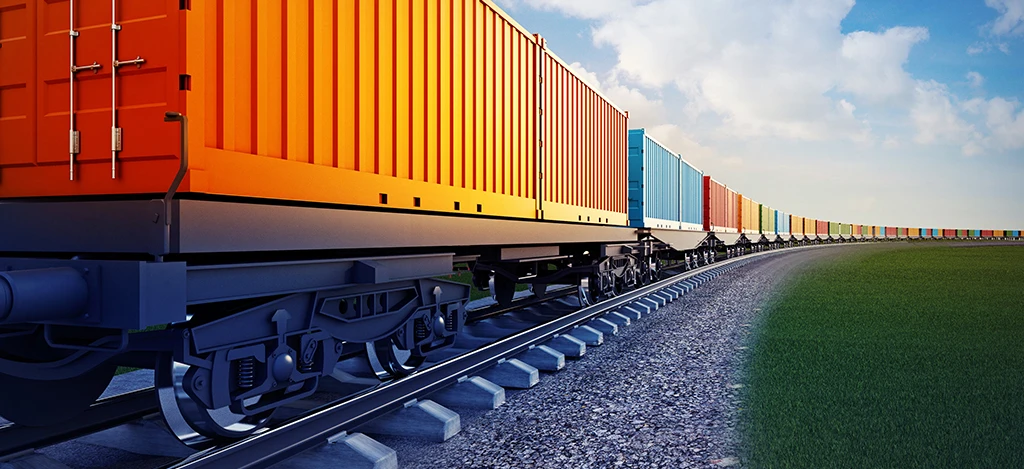What Does Intermodal Mean
Want to know more about intermodal freight transportation? In our blog post, we look closer at the definition of intermodal freight, its advantages, and disadvantages. Feel free to explore.
What Does Intermodal Mean

What Does Intermodal Mean in Trucking
Intermodal freight transportation refers to moving commodities by using two or more transportation modes. To store the freight, carriers use intermodal containers that can be easily handled by trucks, trains, and ships.
Intermodal shipping has two categories: domestic and international. In both cases, the goods are not shifted between different vehicles but stored inside the handleable container. It provides more flexibility in terms of delivery times and safety.
What is an Example of Intermodal Transportation
The simplest example of intermodal shipping is the regular retail market. Clients order goods through the internet all around the world. Thanks to intermodal shipping, the product can get from the business to the customer. It doesn’t mean final mile delivery, but the goods can travel to the needed country where the local companies will finish the delivery.
Intermodal shipping basically allows any business to reach out to their clients all around the globe. Or you, as a business owner, can get necessary materials for your production that you can’t find in your country.
What Does Intermodal Mean in Logistics
For logistics, intermodal means a flexible and efficient way of freight shipping. For the transportation industry, it means additional workplaces, more developed infrastructure, bigger freight flow.
Technological development growth allows intermodal transport to upgrade its standards. Carriers can provide more flexible solutions and cover new regions.
Intermodal Transportation Benefits
Intermodal transportation became a vital part of the worldwide trade and transportation industry. It offers many advantages for those who know how to use it:
- Faster delivery. Combining and using different transportation methods allows you to decrease transit time significantly.
- Lower cost. Intermodal shipping has lower rates and lower handling costs.
- Bigger volumes. Train and sea freight allows big volumes of commodities. It is also possible to implement reverse logistics for extra capacity.
- Security. Your freight is secured inside the container. When changing the transportation mode, the carrier handles the whole container without disturbing packages inside. If containers don’t open, fewer people have access to your freight, so it minimizes the chance of theft.
Disadvantages of Intermodal Transportation
There are also few disadvantages to intermodal shipping. They are, however, can be avoided when you work with a professional carrier.
- Infrastructure cost. Most countries have standardization in terms of shipping containers. In other, carriers can manipulate this cost when your container is heavy and requires a crane for handling.
- Delays. Railways sometimes don’t have a direct connection between required destinations. Shipping by sea is also known as a slow transportation method. Plus, in some facilities, freight containers handling and unloading might be frustrating and lead to delays.
- Reliability. As we know, intermodal shipping is a combination of two or more transportation methods. Not always one carrier stands in charge of both of them. Different businesses have their own approach to shipping, and it requires more coordination. It implies more risks and unexpected relays.
Please fill out the form and one of our experts will contact you as soon as possible.
